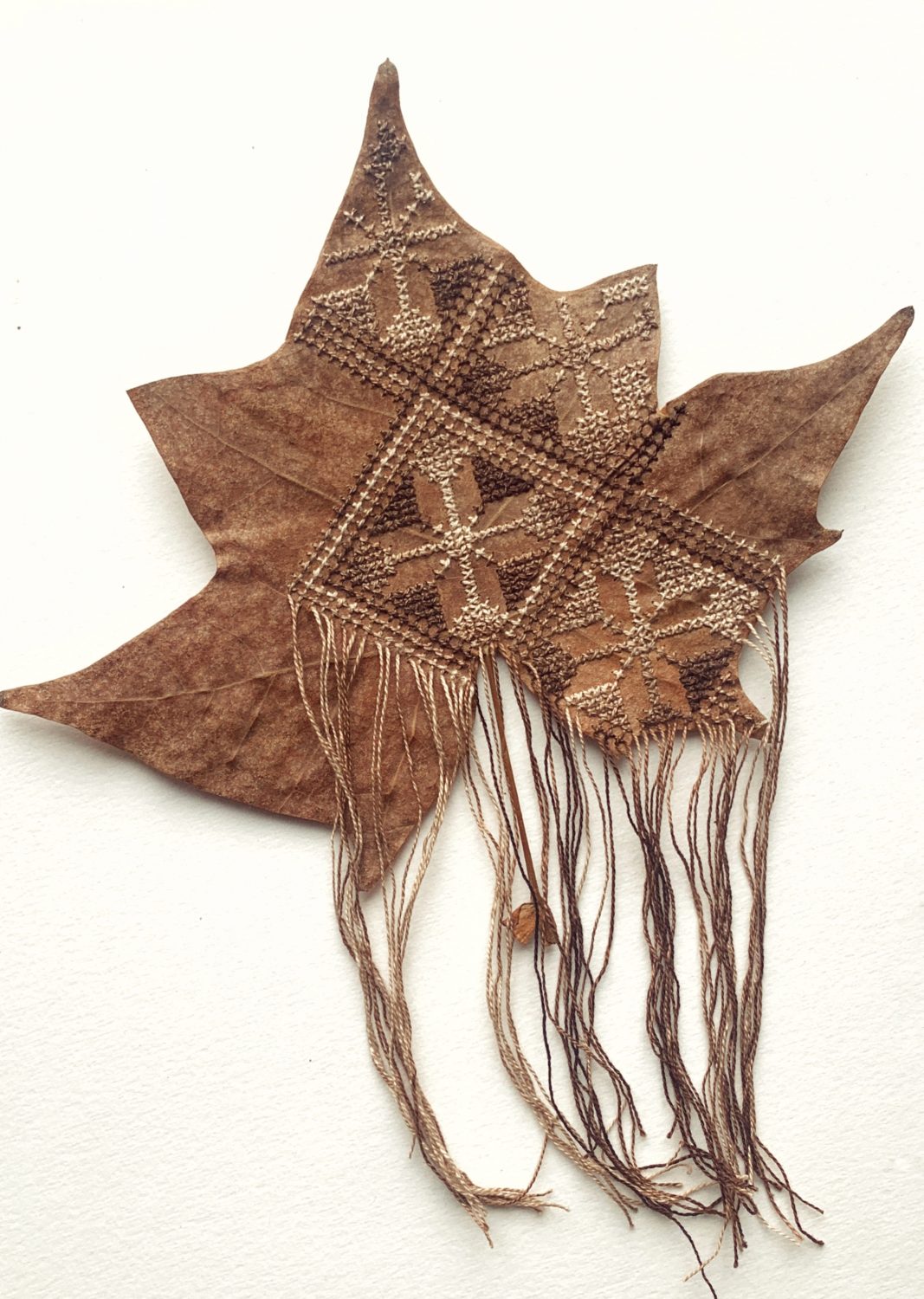Welcome to Goldworx! Today we are finishing our brief history of Goldwork, if you missed Part One catch it here.
We left off with Henry VIII and his split from the church resulting in a huge number of embroidered vestments being destroyed. goldwork continued its popularity throughout Queen Elizabeth I’s reign. Now known as the Golden Age (very apt), the Elizabethan Era of English history was a remarkable time. During her 45 year reign, England was in a time of relative political stability, exploration, and creativity in which art flourished. She was very conscious of her appearance, and as the queen she set the taste and fashion of the 1500’s. Her image was carefully engineered to convey wealth, authority and power and this reflected the nations growing stature.

Her wardrobe was packed full of gowns that were heavily embroidered and embellished with jewels and featured elaborate surface detail. With her appearance firmly established, she also demanded a sense of style from those around her, and members of the court would spend vast amounts to emulate her look and catch her eye. Dress was a means of expressing social hierarchy and Elizabeth believed that one’s dress should suit, but not exceed their rank. ‘Sumptuary laws’ were brought in by Henry VIII and continued under Elizabeth’s reign. This was a law that attempted to restrict the sumptuousness of dress in order to make clear the distinctions between levels of society. For example only Duchesses, marchionesses and Countesses were allowed to have gold on their gowns. So goldwork was for the Queen and the higher echelons of society only. Lucky things.

goldwork has continued to be popular with the Royals and the rich and fashionable into the eighteen hundreds. Although it probably became less common in fashion in the twentieth century it has remained a permanent fixture in military and ceremonial dress. It’s not clear when goldwork started being used in military dress, but it was fairly in place by the time Napoleon was wreaking havoc across Europe.

Probably not the first person you think of when you fashion but, Napoleon liked some gold! Naturally, this filtered down to his Grande Armee. The uniforms worn in the Napoleonic Wars were the ornamental peak of the military uniform and they represent the most elaborate display of pomp in the whole history of military dress.

goldwork is still used in military and ceremonial embroidery today, with dress uniforms often incorporating elements of goldwork. And that brings us back to today – Due to modern techniques in producing goldwork materials, and different types of metals used, it is more accessible than ever and anyone learn how to do it.


Granted it is still a time-consuming practice and you are more likely to find it on the catwalk rather than the high street. However, it’s makes me proud to work with technique that is so steeped in history and still relevant in today’s all consuming, fast fashion times.
And that’s it – a very brief whistle-stop tour of the history of goldwork. Come back next month for more Goldworx goodies.




